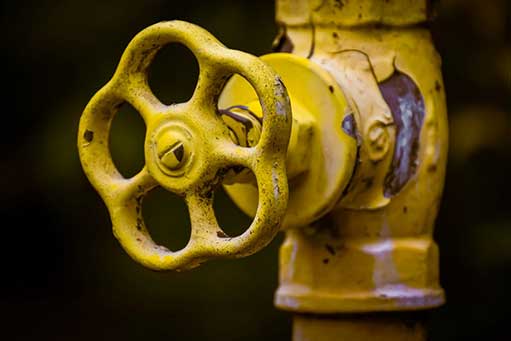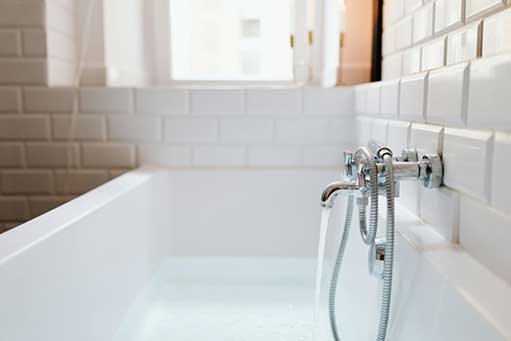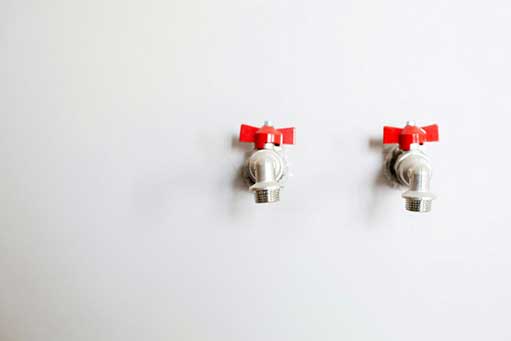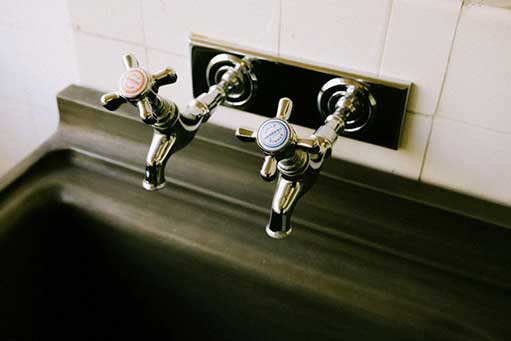
In the realm of property management, addressing water leaks necessitates a strategic approach rooted in a clear understanding of your specific requirements. Before resolving such issues, it’s essential to delineate your needs precisely. By defining the scope of the problem and outlining priorities, you establish a solid foundation for effective decision-making and action. This initial step sets the stage for efficient communication and resource allocation. That is important because water leaks can damage your property in many ways. From assessing the extent of damage to considering logistical factors like budget and timeline, a well-defined understanding of your needs is paramount.
Water Leaks Can Cause Structural Damage
Understanding the impact of water leaks on your property’s structure is important. Start by thoroughly examining affected areas to pinpoint weakened materials like wood or concrete. Gauge the severity of visible damage and consider potential safety hazards. Assess the long-term implications for your property’s value. Determine the necessary repairs or reinforcements needed to restore structural stability. Also, establish a clear budget and timeline for addressing these needs. By defining your requirements accurately, you pave the way for an effective strategy to tackle structural damage and protect your property’s integrity.
Mold Growth and Its Impact
Water leaks can damage your property by producing mold. Recognize indicators such as musty odors, visible mold patches, or discoloration on surfaces. Assess the extent of mold contamination to determine the appropriate remediation measures. Speak with qualified professionals to conduct thorough leak inspections and develop a comprehensive mold removal and prevention plan. Prioritize the health and safety of occupants by promptly addressing mold issues to prevent respiratory problems and other health risks. Proper ventilation and moisture control measures can help mitigate the recurrence of mold growth. By addressing mold growth promptly and effectively, you can ensure a healthier indoor environment and preserve the integrity of your property.

Flooring and Carpet Damage
Water leaks pose a significant threat to flooring and carpets within a property. Such leaks can result in warping, staining, and deterioration of these surfaces, requiring costly repairs or replacement. Promptly addressing leaks is essential to prevent further damage and preserve the integrity of flooring materials. However, restoring flooring and carpets can be a complex task requiring specialized expertise and equipment.
Besides contractors, you should hire an experienced moving company to help remove the furniture and other belongings from the affected rooms. Otherwise, the contractors won’t be able to repair the floors. If you live in Maryland, we recommend reaching out to Helix Moving & Storage Maryland because, apart from moving services, they also offer convenient storage solutions. As a result, you’ll have a safe place to store your furniture and belongings until the repairs are complete.
Water Leaks Can Damage Your Property Through Damaging Electronics
When water leaks infiltrate a property, they can pose serious electrical hazards. Moisture can seep into electrical outlets, wiring, and appliances, increasing the risk of electrical shocks, short circuits, or fires. It’s crucial to promptly address water leaks to prevent potential damage to the property’s electrical system. Regular inspections by qualified electricians can help identify and mitigate any risks associated with water exposure to electrical components. Additionally, installing ground fault circuit interrupters (GFCIs) and ensuring proper insulation around electrical outlets and wiring can provide an added layer of protection against water-related electrical hazards.

In addressing electrical hazards caused by water leaks, engaging the services of professionals is paramount. Experienced electricians can assess the extent of water damage to electrical systems and implement necessary repairs or replacements to ensure safety and compliance with building codes. They can also provide valuable guidance on preventive measures, such as relocating electrical outlets away from water sources or installing waterproof covers in vulnerable areas. By entrusting electrical repairs to qualified professionals, property owners can minimize the risk of electrical accidents and safeguard the well-being of occupants.
Unwanted Guests: The Intrusion of Pests through Water Leaks
Water leaks in a property create structural issues and invite unwelcome guests in the form of pests. These leaks serve as a beacon for various critters, from industrious termites to scuttling cockroaches and nimble rodents. Enticed by the promise of a new environment, pests find their way into buildings through cracks, crevices, and even the smallest openings. Once inside, they establish nests and forage for food, wreaking havoc on the property’s infrastructure and inhabitants’ peace of mind. Termites, with their insatiable appetite for wood, can silently devour structural supports, compromising the stability of the building. Meanwhile, cockroaches and rodents, carriers of diseases and allergens, pose health risks to occupants.
The consequences of a pest infestation extend beyond physical damage, as they can tarnish the reputation of a property and disrupt daily life. Mitigating the risk of pest infestation necessitates repairing water leaks promptly and implementing comprehensive pest management. That’s why you should always be aware of any water leaks.

To Conclude
In conclusion, the ways in which water leaks can damage your property extend beyond structural damage, encompassing many risks, including mold growth, electrical hazards, and pest infestation. Recognizing the interconnected nature of these issues underscores the importance of proactive maintenance and swift intervention. Property owners can mitigate the risks associated with these detrimental consequences by promptly addressing water leaks and implementing appropriate preventive measures.
Whether it’s conducting regular inspections, enlisting professional assistance, or implementing preventive strategies, proactive measures can safeguard the property’s integrity and its occupants’ well-being. In doing so, property owners can uphold the value of their investment and foster a safe, healthy, and harmonious living environment for all.

